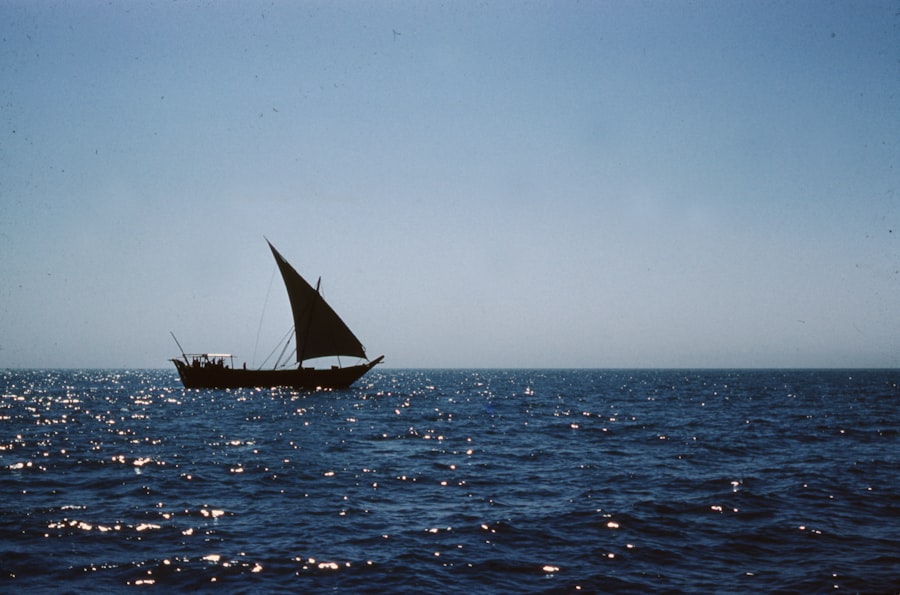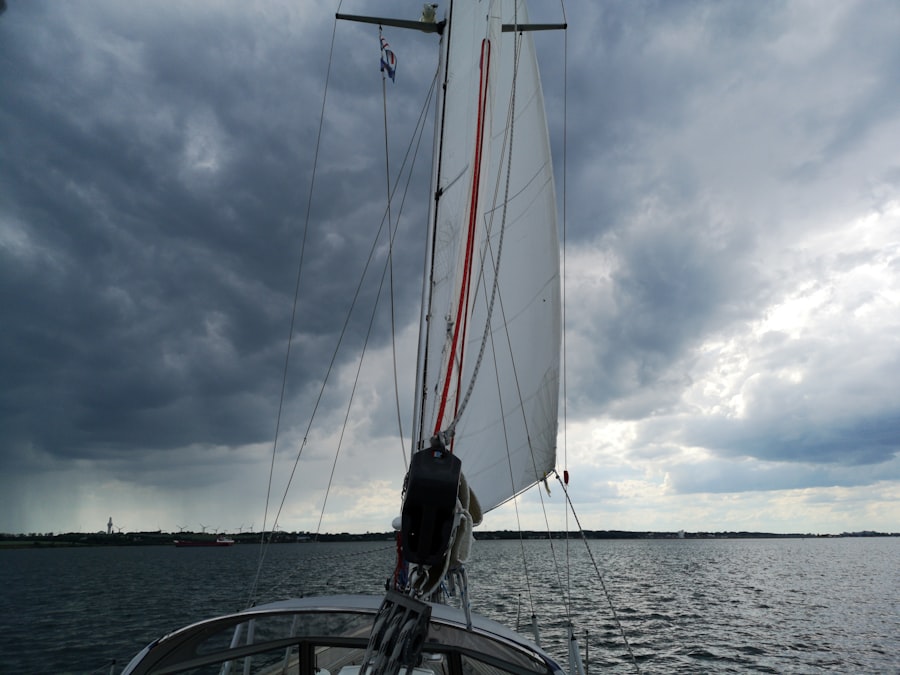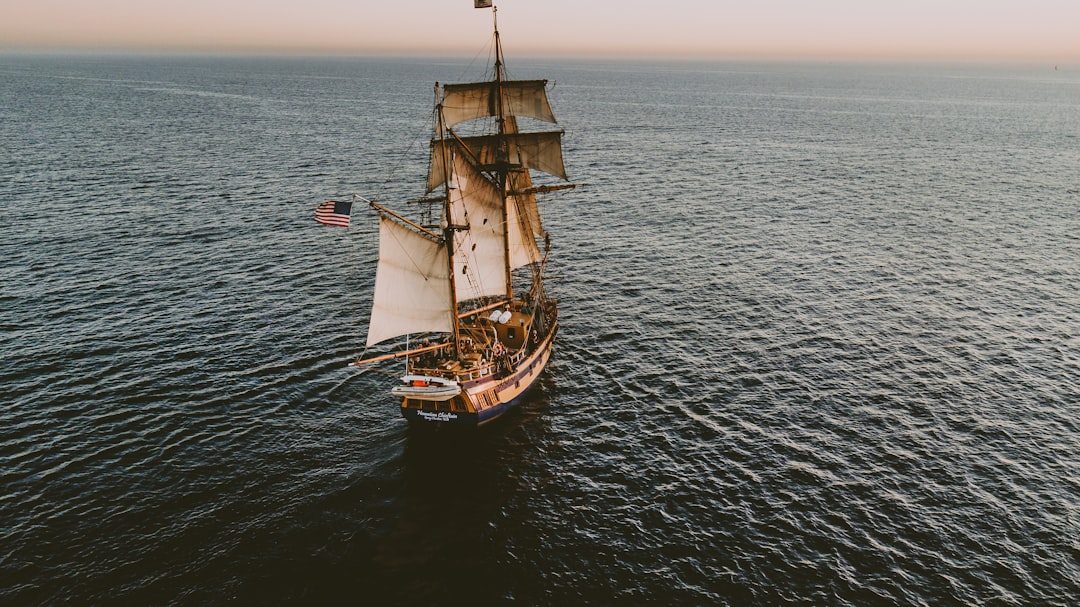The Drake Passage, a body of water that separates South America from Antarctica, has long been a focal point of maritime exploration and adventure. Its discovery is attributed to the early European explorers who ventured into the uncharted waters of the Southern Hemisphere. The passage itself is named after Sir Francis Drake, who is often credited with being one of the first Europeans to navigate these treacherous waters in the late 16th century.
However, the exact timeline of its discovery is somewhat murky, as indigenous peoples had traversed these waters long before European contact. The significance of the Drake Passage extends beyond its geographical location; it represents a gateway to the vast and largely unexplored regions of Antarctica. The passage is not only a crucial route for maritime navigation but also a vital area for scientific research and ecological studies.
The turbulent waters and unpredictable weather patterns have made it a subject of fascination for explorers and scientists alike, leading to numerous expeditions aimed at understanding its unique characteristics and the ecosystems it supports.
Key Takeaways
- The Drake Passage was discovered by the English explorer Sir Francis Drake in 1578.
- Sir Francis Drake is known for being the first to successfully navigate the treacherous waters of the Drake Passage.
- Sailing through the Drake Passage presents numerous challenges, including strong winds, rough seas, and icebergs.
- The Drake Passage holds great historical significance as a key route for global exploration and trade.
- The passage is home to diverse wildlife and stunning natural beauty, making it a popular destination for modern-day expeditions.
Sir Francis Drake: A Legendary Explorer
Sir Francis Drake was not just an explorer; he was a privateer, navigator, and politician whose exploits in the late 16th century have earned him a place in history as one of England’s most celebrated maritime figures. Born in 1540, Drake’s early life was marked by his seafaring adventures, which laid the groundwork for his later achievements. He became known for his daring raids against Spanish ships and settlements, which were pivotal during the Anglo-Spanish War.
His most famous voyage, which circumnavigated the globe from 1577 to 1580, solidified his reputation as a master navigator and explorer. Drake’s connection to the Drake Passage is emblematic of his adventurous spirit and relentless pursuit of discovery. His expeditions were characterized by a blend of exploration and exploitation, as he sought not only new lands but also wealth and glory for England.
The passage itself became a symbol of his legacy, representing both the challenges and triumphs of maritime exploration during an era when the world was still largely unknown to Europeans.
The First Voyage through the Drake Passage

The first recorded voyage through the Drake Passage occurred during Sir Francis Drake’s circumnavigation of the globe. In 1578, he set sail from Plymouth with five ships, embarking on a journey that would take him around the world. As he approached the southern tip of South America, he encountered the formidable waters of what would later be named the Drake Passage.
This stretch of ocean presented numerous challenges, including fierce winds and turbulent seas, but Drake’s skillful navigation allowed him to successfully traverse this perilous route. Drake’s passage through these waters was not merely a feat of navigation; it was also a significant moment in maritime history.
The experience gained from navigating the Drake Passage provided invaluable insights into the complexities of oceanic travel, influencing future explorers who would follow in his wake.
Challenges of Sailing through the Drake Passage
| Challenges of Sailing through the Drake Passage |
|---|
| Extreme weather conditions |
| Rough seas and strong winds |
| Potential for sea sickness |
| Navigational hazards such as icebergs |
| Isolation and limited access to help |
Sailing through the Drake Passage is often regarded as one of the most challenging maritime endeavors due to its unpredictable weather patterns and rough seas. The convergence of the Atlantic and Pacific Oceans creates a unique environment where storms can develop rapidly, leading to treacherous conditions for even the most experienced sailors. The passage is notorious for its high waves and strong currents, which can make navigation particularly difficult.
In addition to the physical challenges posed by the environment, sailors must also contend with psychological factors. The isolation and harsh conditions can take a toll on crew morale, making it essential for teams to maintain strong communication and camaraderie. Many sailors recount tales of their experiences in the Drake Passage, highlighting both the beauty and danger that coexist in this remarkable stretch of water.
Historical Significance of the Drake Passage
The historical significance of the Drake Passage cannot be overstated. It has served as a critical route for explorers, traders, and researchers seeking to access Antarctica and beyond. The passage has played a pivotal role in shaping global trade routes, particularly during the Age of Exploration when European powers sought new territories and resources.
Its strategic location made it an essential pathway for ships traveling between the Atlantic and Pacific Oceans. Moreover, the Drake Passage has been instrumental in advancing scientific knowledge about oceanography and climate change. Researchers have utilized this region to study marine ecosystems, ocean currents, and weather patterns, contributing to a greater understanding of global environmental issues.
The passage continues to be a focal point for scientific expeditions aimed at uncovering the mysteries of our planet’s oceans.
Wildlife and Natural Beauty of the Drake Passage

The Drake Passage is not only known for its challenging sailing conditions but also for its stunning natural beauty and rich biodiversity. The waters are home to an array of marine life, including whales, seals, and various species of fish. The region serves as a critical habitat for migratory birds and is often frequented by seabirds such as albatrosses and petrels, which can be seen gliding gracefully over the waves.
Towering icebergs, rugged coastlines, and dramatic mountain ranges create a picturesque backdrop that captivates all who venture into these waters. For many travelers, witnessing the raw beauty of nature in this remote part of the world is a transformative experience that leaves a lasting impression.
Modern-Day Expeditions through the Drake Passage
In contemporary times, the Drake Passage remains a popular destination for adventure seekers and researchers alike. Modern-day expeditions have evolved significantly from those of earlier centuries, with advancements in technology allowing for safer and more efficient navigation through these challenging waters. Cruise ships equipped with state-of-the-art navigation systems now traverse the passage regularly, offering travelers an opportunity to experience its wonders firsthand.
These expeditions often include educational components, with onboard experts providing insights into the unique ecosystems and geological features of the region. Travelers are encouraged to engage with their surroundings through activities such as kayaking, wildlife watching, and guided hikes on nearby islands. The combination of adventure and education makes modern expeditions through the Drake Passage an enriching experience for participants.
Navigation and Weather Conditions in the Drake Passage
Navigating the Drake Passage requires careful planning and an understanding of its notoriously volatile weather conditions. Sailors must be prepared for sudden changes in wind direction and intensity, as well as rapidly shifting sea states. The passage is known for its strong currents, which can significantly impact vessel speed and maneuverability.
Weather forecasting has become increasingly sophisticated in recent years, allowing sailors to make informed decisions about when to embark on their journeys through the passage. However, even with advanced technology at their disposal, mariners must remain vigilant and adaptable to changing conditions. Successful navigation through this challenging stretch of water demands not only technical skill but also an intimate knowledge of local weather patterns.
Impact of the Drake Passage on Global Exploration
The impact of the Drake Passage on global exploration is profound and far-reaching. As one of the key maritime routes connecting two major oceans, it has facilitated countless voyages that have expanded human knowledge of geography and natural history. The passage has served as a gateway for explorers seeking to uncover new lands and resources, shaping the course of history in ways that continue to resonate today.
Furthermore, the Drake Passage has played a crucial role in fostering international collaboration in scientific research. As nations come together to study climate change and marine ecosystems in this unique environment, they contribute to a collective understanding that transcends borders. The passage stands as a testament to humanity’s enduring quest for knowledge and exploration.
Sir Francis Drake’s Legacy in Maritime History
Sir Francis Drake’s legacy in maritime history is marked by his adventurous spirit and pioneering achievements. His successful circumnavigation of the globe not only showcased his navigational prowess but also inspired generations of explorers who followed in his footsteps. The challenges he faced while navigating through the Drake Passage exemplify his determination and resilience in pursuit of discovery.
Drake’s influence extends beyond his own time; he has become an enduring symbol of exploration and adventure. His name is synonymous with courage and ambition, serving as an inspiration for those who seek to push boundaries and explore uncharted territories. The legacy he left behind continues to shape our understanding of maritime history and exploration.
Tips for Planning a Drake Passage Sail
For those considering a journey through the Drake Passage, careful planning is essential to ensure a safe and enjoyable experience. First and foremost, travelers should choose a reputable expedition company with experience navigating these challenging waters. Researching itineraries that include educational components can enhance the overall experience by providing valuable insights into the region’s ecology and history.
Additionally, travelers should prepare for varying weather conditions by packing appropriate clothing and gear. Layering is key, as temperatures can fluctuate dramatically throughout the day. It is also advisable to bring seasickness medication or remedies, as even seasoned sailors may experience discomfort in these turbulent waters.
In conclusion, sailing through the Drake Passage offers an unparalleled opportunity to explore one of nature’s most awe-inspiring regions while honoring its rich history and significance in global exploration. Whether one is drawn by adventure or scientific inquiry, this remarkable stretch of water promises an unforgettable experience that resonates long after one’s journey has ended.
The Drake Passage, a treacherous stretch of water between the southern tip of South America and Antarctica, was first successfully navigated by the English privateer Sir Francis Drake in the late 16th century. This monumental achievement opened new maritime routes and marked a significant moment in the Age of Exploration. For more insights into the history and challenges of navigating this formidable passage, you can explore a related article on the topic by visiting this page.
WATCH NOW! Drake Passage: Earth’s Deadliest Waters Revealed
FAQs
What is the Drake Passage?
The Drake Passage is the body of water between the southern tip of South America and the northern tip of the Antarctic Peninsula. It is known for its rough seas and challenging sailing conditions.
Who first sailed the Drake Passage?
The first recorded crossing of the Drake Passage was by the English privateer Sir Francis Drake in 1578. He was the first to navigate the treacherous waters and successfully complete the journey.
Why is the Drake Passage significant?
The Drake Passage is significant because it is the shortest and most direct route between the Atlantic and Pacific Oceans in the Southern Hemisphere. It is also a critical part of the global ocean circulation system.
What are the sailing conditions like in the Drake Passage?
The Drake Passage is known for its rough seas, strong winds, and unpredictable weather. Sailing through the passage can be challenging and requires careful navigation and preparation.
Are there any notable expeditions or voyages through the Drake Passage?
There have been numerous notable expeditions and voyages through the Drake Passage, including those of explorers like Ernest Shackleton and Robert Falcon Scott. Today, the passage is a popular route for scientific research expeditions and adventure tourism.
